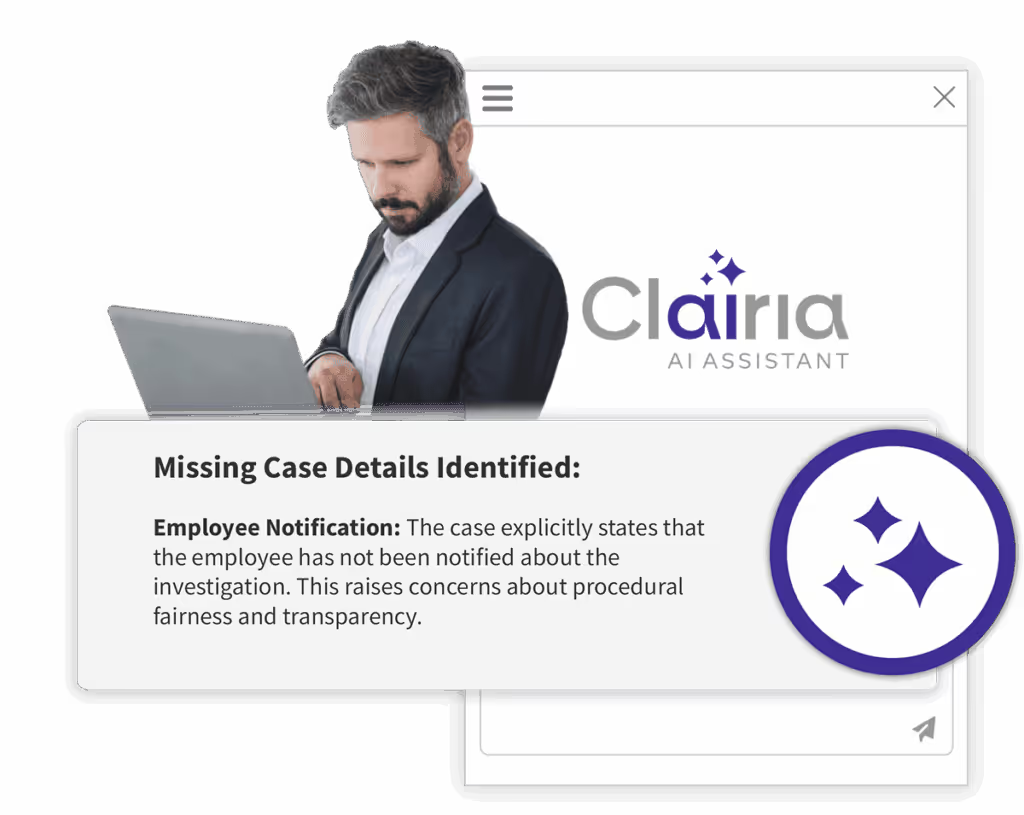Compliance automation is the process of using technology and software - such as digitized workflow tools, data analytics and database screening - to bring efficiency to compliance processes and controls.Automation can replace or support manual tasks such as checks and sampling, validation, and approval processes. Increasingly, compliance automation tools use machine learning and/or AI to improve the way that the system identifies non-compliance.Compliance rules can be set by external bodies or internal policies, but in all cases a compliance automation system helps organizations - and people.
Compliance automation can help identify fraud risk
One specific use case for compliance automation is as part of a suite of risk management tools that supports the identification and investigation of fraud and financial crime within organizations. This might include:
Automation to analyze data and assess enterprise spend risk
Automation is a central feature of a data analytics system which can - by using specific analyses and weighting them in relation to company spend - provide data-driven spend risk insights.For example, detection of fraud risk in company spend is traditionally managed on a sample-led basis, where only a small proportion of spend items are assessed for risk against a limited number of risk indicators, and assessed when certain risk criteria are triggered (e.g. value, location, etc).Automation can transform this process by enabling the analysis of all enterprise spend, all of the time, against a wide range of predetermined risk analyses. By allowing technology to conduct a bulk analysis of all spend data and score the riskiest transactions across multiple indicators, compliance and audit teams can focus their time on identifying those transactions flagged as high-risk (rather than trying to find the proverbial needle in a haystack). .
Automation to support onboarding and monitoring of third parties
Automation can be used as part of a due diligence process during onboarding of a third party, and to monitor engagements with that third party across the full lifecycle of the relationship.From an onboarding perspective, automation can be used to drive escalation and follow-up actions based on a third party’s response to a due diligence questionnaire. It can also support the screening of third parties (sanction lists, watchlists, negative news coverage, etc.) and drive a more detailed risk assessment based on multiple factors.Automation can then be employed to continuously screen the third party, and monitor transactions with them on an ongoing basis. Engagements can be automatically flagged for further investigation if the terms or parameters of the original engagement criteria change or are breached.
Automation as part of approvals and disclosures processes
Automation can also help organizations simplify, streamline and strengthen their approvals and disclosure processes - many of which may be managed by way of a manual, paper-based process.Moving these processes to a digital format paves the way for the introduction of automated processes, such as intelligent question and approval logic that automates decisioning and reduces the need for human involvement within the approval process.At the same time, automated screening functionality can be used to overlay the process itself. For example, running automated checks against the names of individuals mentioned that might be recipients of company spend can provide deeper context for risk-based decision making.
Core Capabilities of Compliance Automation Tools
Compliance automation tools help organizations manage risk, enforce policies, and meet regulatory obligations more efficiently by reducing manual tasks and streamlining complex workflows. The right solution goes beyond basic tracking—it centralizes your compliance efforts and ensures that no critical detail falls through the cracks.
1. Evidence Collection
Automated systems make it easy to collect, store, and organize evidence related to compliance activities and investigations. Whether it's documentation from interviews, audit logs, or policy acknowledgments, everything is securely housed in one place, creating a defensible record for regulators and internal reviews.
2. Policy Tracking
With policy management features, you can monitor who has reviewed, acknowledged, or signed off on required policies. Automation ensures reminders are sent, deadlines are tracked, and gaps are flagged—helping maintain up-to-date compliance across the organization.
3. Alerts and Notifications
Real-time alerts keep compliance teams informed of critical developments, such as missed deadlines, new policy changes, or the escalation of high-risk issues. These notifications improve responsiveness and support a proactive approach to risk management.
4. Role-Based Dashboards
Customized dashboards provide each user with a tailored view of the data and tasks relevant to their role. Investigators, managers, and executives can each access insights that support their decision-making, without compromising sensitive information.
5. Integration with HR, ERP, and Data Systems
To maximize efficiency, compliance automation tools integrate with systems like HRIS, ERP, and document management platforms. These integrations allow for automatic population of employee data, seamless handoffs between departments, and a unified view of compliance activity across the enterprise.Together, these capabilities give organizations the structure, visibility, and scalability needed to manage compliance effectively—especially in fast-changing regulatory environments.










